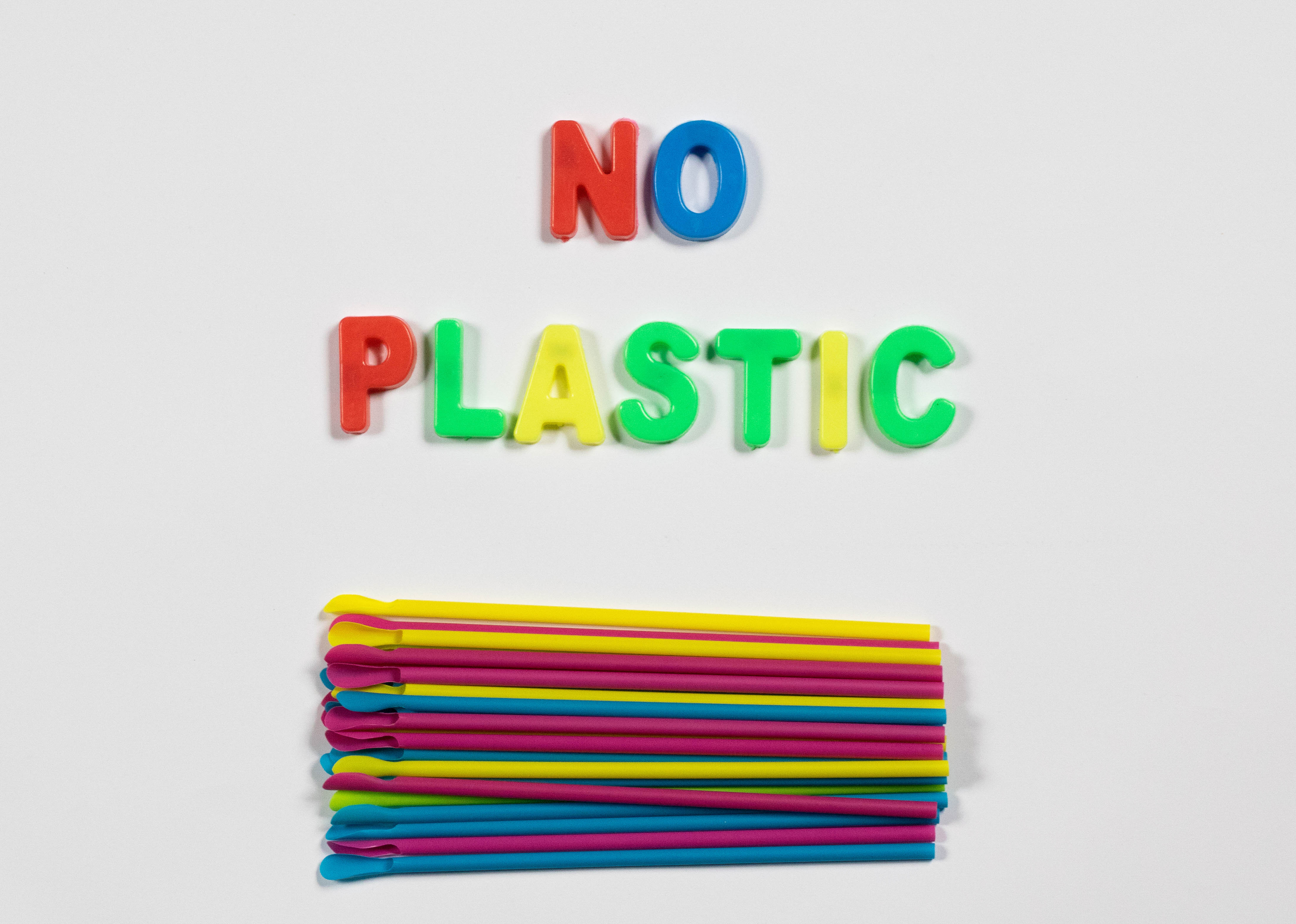In the summer of 2015, a marine biologist posted a graphic video on YouTube of a sea turtle having a plastic straw extracted from its nostril, hoping to convince people to stop consuming single-use plastic straws. The graphic images catalyzed a dramatic social chain and eventually legislative reaction: With over 30 million views, this video created a platform for Lonely Whale, a Seattle- and New York City-based nonprofit, to start their “Strawless in Seattle” campaign. The campaign was a huge success and culminated in the implementation of a complete ban on single-use plastic straws and utensils in the city of Seattle.
Notably, Starbucks, which is headquartered in Seattle, has announced that it will stop using plastic straws in all of its stores worldwide by 2020. The coffee giant uses over one billion straws each year, and its commitment to the no-straw movement sends a powerful message. Others, including SeaWorld, McDonald’s, and the city of Malibu have also showed their support by reducing their plastic straw use. Perhaps most remarkably, on October 26, 2018, the parliament of the European Union approved a ban on an array of single-use plastics, targeting products such as cutlery, straws, and cotton swabs.
This rapidly accelerating movement illustrates of a trend that goes beyond an empathy for sea turtles. While a compelling animal video is part of the formula, it is certainly not the full story; this sudden shift in awareness and consumption of single-use plastic is an example of a new phenomenon aptly captured by the term “micro-revolution.” A micro-revolution is a rapid change that, though small in scope, has far-reaching effects. However, it is more than just a small revolution. The most critical part of a micro-revolution is that it is decentralized and has no leader or hierarchy. By understanding what constitutes a micro-revolution, we can better understand the changes happening around us and contribute to those movements.
The ban on plastic straws, in particular, provides a model to understand how other micro-revolutions are shaping the world. The prohibition of straws occurred rapidly: The movement to ban them did not engage the public consciousness until about a year ago. Although companies are still in the process of phasing out plastic straws, and large cities such as New York City have yet to agree on the degree of their ban, the pace of the movement is impressive. Furthermore, although the actual changes being made are small—Starbucks is replacing its plastic straws with strawless lids that are still made of plastic—they’re wide in scope. Finally, the potential impacts of this micro-revolution are significant: According to a Strawless Ocean campaign, an estimated 71 percent of seabirds and 30 percent of turtles have plastic in their stomachs. Reducing our use of plastic is a direct way of protecting these animals.
Micro-revolutions are not started with the intent of overthrowing governments or creating huge societal changes. Instead, they magnify a very specific problem then push for changes that can be implemented quickly and effectively. This process is made possible by social media, which allows for the rapid and widespread circulation of information. A prime example of this is the #MeToo campaign. This movement was started in 2006 by Tarana Burke, an activist who has worked extensively with survivors of sexual violence. However, the movement did not take off until it was put into a tweet by actor Alyssa Milano, asking people to respond “me too” if they had experienced sexual assault or harassment. The tweet quickly went viral, and the movement gained widespread attention as more people from the film industry and the general public chimed in.
It’s appropriate to frame the #MeToo movement as a micro-revolution. The “moral suasion” of the public is referred to in a New York Times piece titled “NBC Didn’t Fire Matt Lauer. We Did.” The general agreement of the collective conscience is powerful and creates momentum that micro-revolutions are able to harness. There are no hierarchies, no public relations teams, and no ten-year plans. The #MeToo movement epitomizes the ability to create meaningful change through a public proclamation that enough is enough.
While plastic straws and sexual assault allegations are two vastly different movements, they both illustrate the immense power of micro-revolutions. With the help of the internet, a single video of a suffering sea turtle and one catchy hashtag were enough to spur impactful changes due to the overwhelming force of the public. Without collective action and a belief in the power of the people, neither of these micro-revolutions could have been successful. Indeed, these examples are indications that big changes can come from small but widespread actions.
Photo: “No Plastic“
